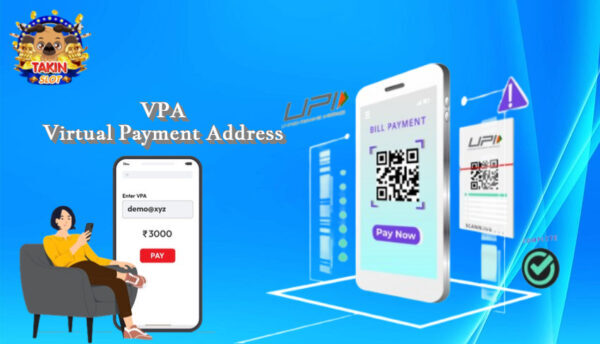Virtual Payment Addresses (VPAs) serve as unique identifiers linked to an individual’s bank account, allowing for seamless transactions through the Unified Payment Interface (UPI) without the need for additional banking details.
Creating a Virtual Payment Address:
To obtain a VPA, one must utilize the UPI application, which is integrated with the UPI payment system. The process involves the following steps:
- Download the UPI app and link it to your bank account using the mobile number registered with the bank.
- Complete a mobile verification process, followed by additional security question verification.
- Upon final authentication, proceed to create a VPA for the designated account.
- If the desired VPA is available, it can be chosen instantly. Alternatively, an alternative choice may be required.
- Once a unique VPA is selected and approved, the virtual payment address is generated.
Sending and Receiving Money via VPA:
Sending Money:
The UPI app simplifies money transfers using VPAs. To send money, follow these steps:
- Log in to the UPI app.
- Select the option for fund transfer through UPI.
- Enter the recipient’s VPA and the desired amount for transfer.
- If the recipient has multiple VPAs, ensure to use the appropriate VPA linked to the desired account.
- Confirm the transaction details and input the MPIN for validation.
Receiving Money:
To receive money via VPA, follow these steps:
- Log in to the UPI app.
- Choose the “Collect via UPI” option.
- Enter the VPA of the individual from whom you are requesting money.
- Specify the requested amount.
- Select the desired VPA account to receive the funds.
- Submit the necessary details and await approval from the sender.
- Upon approval, the requested amount is credited to the designated account.
Conclusion:
As technology continues to advance, so do our payment methods. Virtual Payment Addresses, integrated with the UPI system, offer a convenient and efficient way to conduct transactions online, eliminating the need for traditional banking details. With the evolution of fintech solutions, such as BNPL schemes and credit notes, the financial industry strives to provide customer-centric approaches, making online transactions user-friendly and accessible anytime, anywhere.
FAQs
What is a Virtual Payment Address (VPA)?
A Virtual Payment Address (VPA) is a unique identifier linked to an individual’s bank account, allowing for seamless transactions through the Unified Payment Interface (UPI) without the need for additional banking details.
How do I create a Virtual Payment Address?
To create a VPA, one must download the UPI app, link it to their bank account, undergo verification processes, and then select a unique VPA that is instantly approved and generated.
How do I send money using a Virtual Payment Address?
Sending money via VPA involves logging into the UPI app, selecting the fund transfer option, entering the recipient’s VPA and desired amount, confirming the transaction details, and validating with an MPIN.
Can I receive money through a Virtual Payment Address?
Yes, individuals can receive money via VPA by logging into the UPI app, selecting the “Collect via UPI” option, entering the sender’s VPA and requested amount, and waiting for approval from the sender.
What are the benefits of using Virtual Payment Addresses?
Using VPAs offers numerous benefits, including simplifying online transactions, eliminating the need for traditional banking details, providing user-friendly interfaces, and facilitating seamless money transfers anytime, anywhere.




